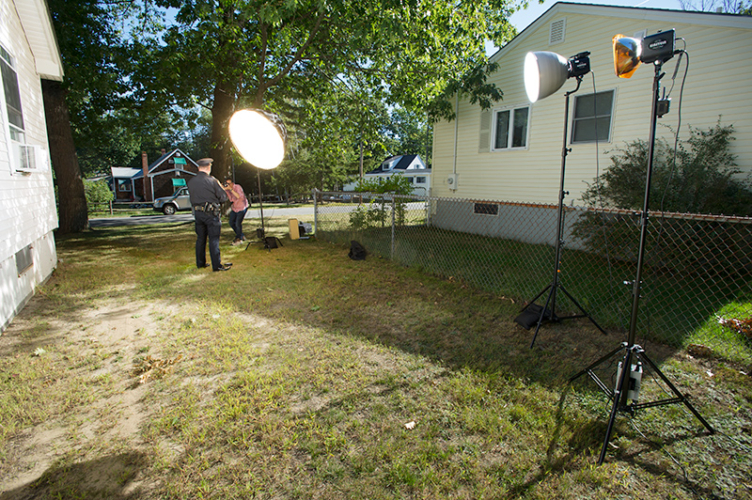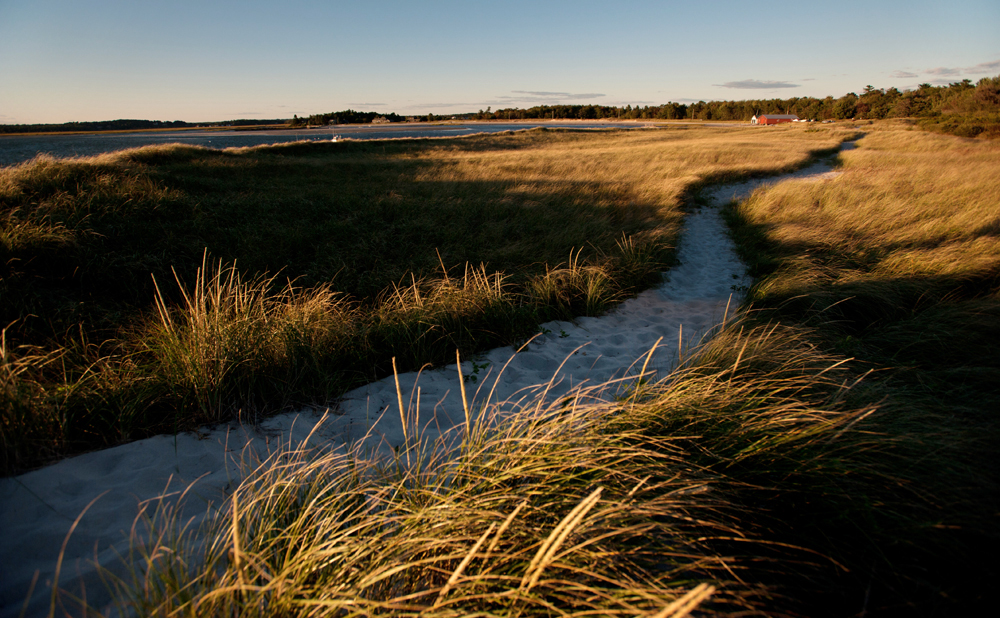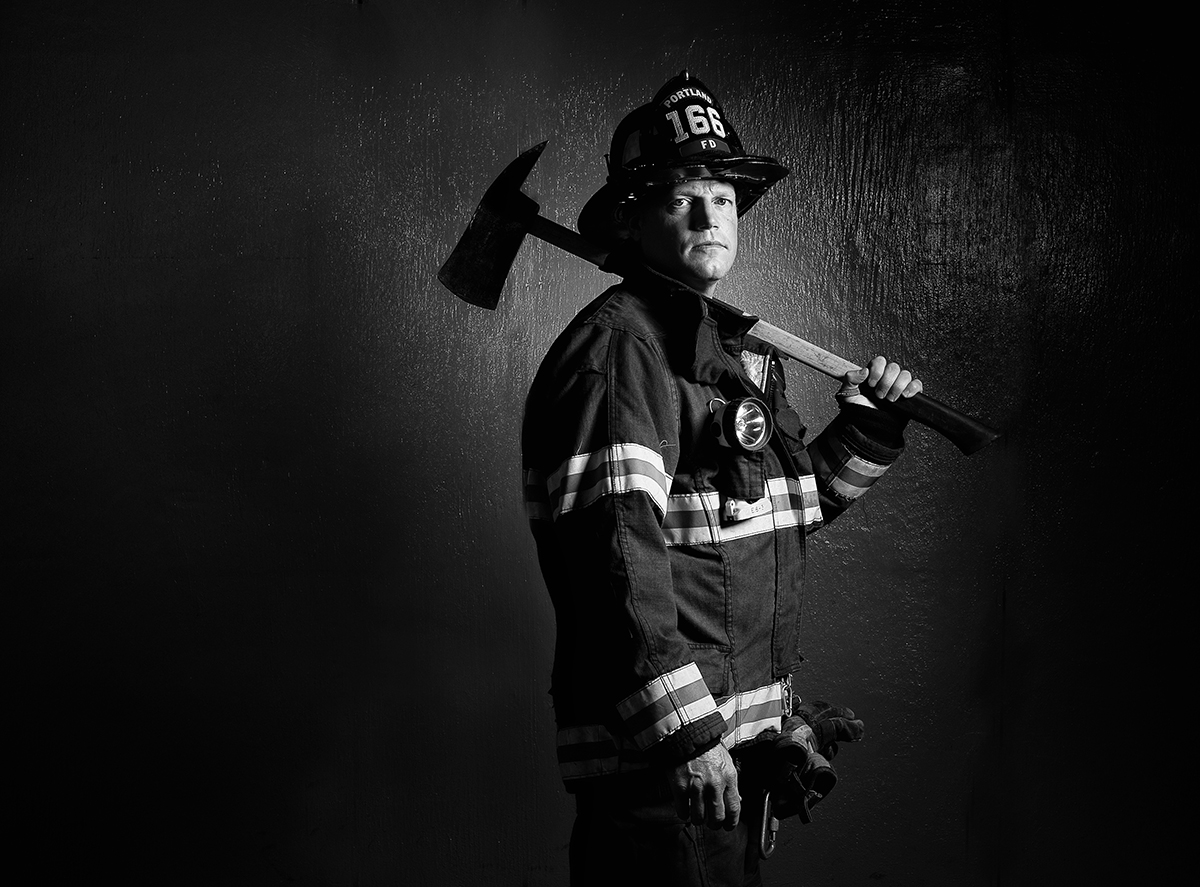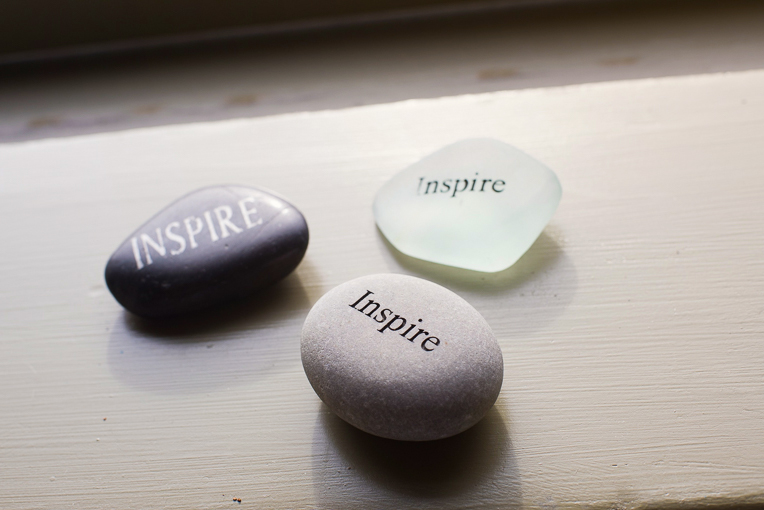
Shoot Day is finally here.
You’ve planned for success, arranged for staff, customers, or talent to be on hand. Your space is cleaned and you’ve gotten confirmation from all parties including the photographer. The day you’ve been planning for has finally arrived.
The adage, “failure to plan is planning to fail’ is an apt one when it comes to a shoot. Avoiding details and decisions until the day the photographer and crew show up means, at a minimum, leaving the success of your shoot to chance.
If you have a talented photographer working with you, you may get lucky. They will likely get interesting images that accurately show what is happening in your business.
What you won’t get—except by accident—is purposeful imagery that goes beyond the obvious and allows you to propel your brand visually. This kind of work only comes from planning and conscious decision making before shoot day.
An experienced pro photographer will not arrive without a plan (even if it’s a minimal, stripped-down one), formulated in communication with you beforehand.
It’s not the size or complexity of the plan that matters; it’s whether there is a plan at all, whether the right questions are asked and answered, and whether the plan is appropriate to the task at hand.
A portrait shoot requires different planning and approaches than an event shoot. But what unifies them is knowing beforehand what are the deliverables, the must-haves, and what would (in your mind) make the shoot a success. Assuming these are in place, your shoot day is on its firmest possible footing. The hardest work should already be done. Today is the culmination of the work done days or weeks before.
You can expect the photographer and crew to arrive at least an hour before the start of your shoot. If it’s a complicated production or involves video, this setup period could be several hours rather than just one.
The photographer will go over the basic shoot plan and will be in constant contact with you or a designated point of contact throughout the shoot. If you’ve planned to be involved in the direction of the shoot, or to view images as they are being created, there will be constant interaction as the shoot progresses. Otherwise, there may be short updates as the shoot progresses.
If changes occur over the course of the day—as invariably they do—the photographer will update you and if decisions need to be made, will be ready with recommendations and options.
What you should expect from your photographer, always, is great communication. If they are unclear about something, they will ask you rather than making assumptions that lead to reshoots later on.
Your photographer is also there to protect you. This means, among other things, managing the set and crew. This means not putting people or equipment in dangerous or damaging situations. This means having commercial insurance sufficient to protect you and their crew in the case of an accident. It also entails ensuring model and property releases get filled out by the necessary parties, protecting everyone in the process. On a less dramatic but no less important level, it means being a de facto member of your team; mindful of situations that are good for you and avoiding that which isn’t. On scene, we are your ambassador and act accordingly when dealing with your team members and/or customers.
At the end of the day, you can expect that the shoot location will look the same as it did prior to the photographer’s arrival hours earlier. I joke that our job is primarily to move stuff around and occasionally we pick up a camera. We want to leave behind a positive experience and not create extra and unnecessary work for anyone else. Your brand is our brand and on shoot day we’re all on the same team.
–30–
Want to know more about our process? You might be interested in our posts on the right questions to ask yourself before hiring a photographer , what to expect once you’ve hired a professional photographer or what happens after your shoot day ends.





